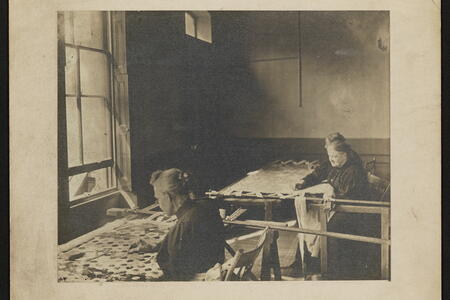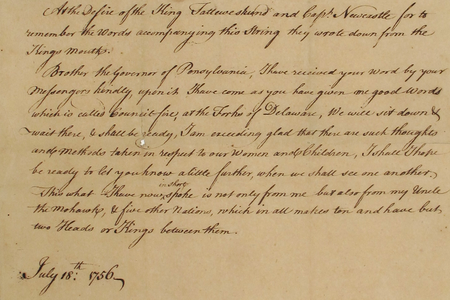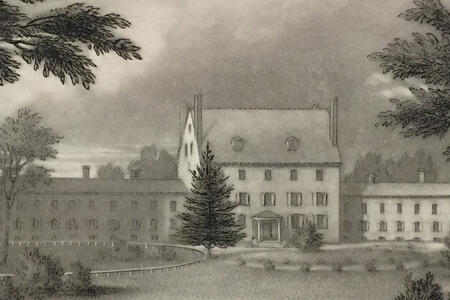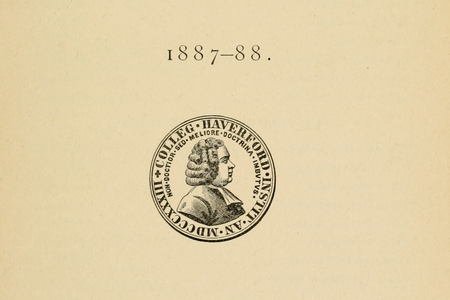On October 29, 2020, a group of BIPOC (Black, Indigenous, people of color) students at Haverford organized a strike “in response to the continued racism and anti-Blackness perpetrated by the Haverford College administration.” (FAQs For Concerned Parents, ca. November 3, 2020) The strike was precipitated by an email from President Wendy Raymond and Dean Joyce Bylander discouraging students from attending protests in Philadelphia following the killing of Walter Wallace Jr. by the Philadelphia Police. However, strike organizers stated that the email was only one incident in the “long tradition of anti-Blackness and the erasure of marginalized voices that have come to characterize the experiences of students of color at Haverford” (Letter to President Raymond and Dean Bylander, October 29, 2020), including what students saw as an inadequate response to an open letter from Black Students Refusing Further Inaction in June 2020.
Organized by Black Students Refusing Further Inaction (BSRFI), Women of Color (WOC) House, the Black Students League (BSL), and other student of color-led groups, the strike lasted fourteen days, ending on November 11, 2020. During that time, participating students struck from classes, on-campus jobs, and school-sponsored activities. Strike organizers issued a set of demands to the College administration requiring institutional commitments to dismantling racist and white supremacist structures--accompanied by budgets and concrete timelines--before they would consider ending the strike.
This collection includes documents created by Haverford student strike organizers and participants, students who chose not to participate in the strike, and members of the Haverford faculty, staff, and senior administration. Materials include email correspondence; departmental statements; news articles; social media posts; photographs; posters and stencils; video recordings and transcripts of student town halls, negotiation meetings, and teach-ins; organizational materials pertaining to food distribution and mutual aid; and much more. Web captures of the Haverford College Strike website have been archived and are available for viewing here.
Archival staff have identified and credited individual and group creators of materials wherever possible. If you wish to be credited as the creator of a specific item or items, please contact archival staff at hc-special@haverford.edu with links to the item(s) in question. If you would like materials you created taken down or would like your name as creator removed from an item, please contact archival staff at the same email address.
Materials will continue to be added in the coming months. If you are interested in donating materials pertaining to the strike, please contact hc-special@haverford.edu.
The College Archives thanks the Haverford community members who helped gather materials and build this collection, including the Documenting Student Life student liaisons and the numerous creators of collection materials. This collection would not be possible without your work and generosity.
A small number of items this collection can only be viewed by Haverford, BiCollege, or TriCollege users. Please login with your institutional credentials to access additional materials.





